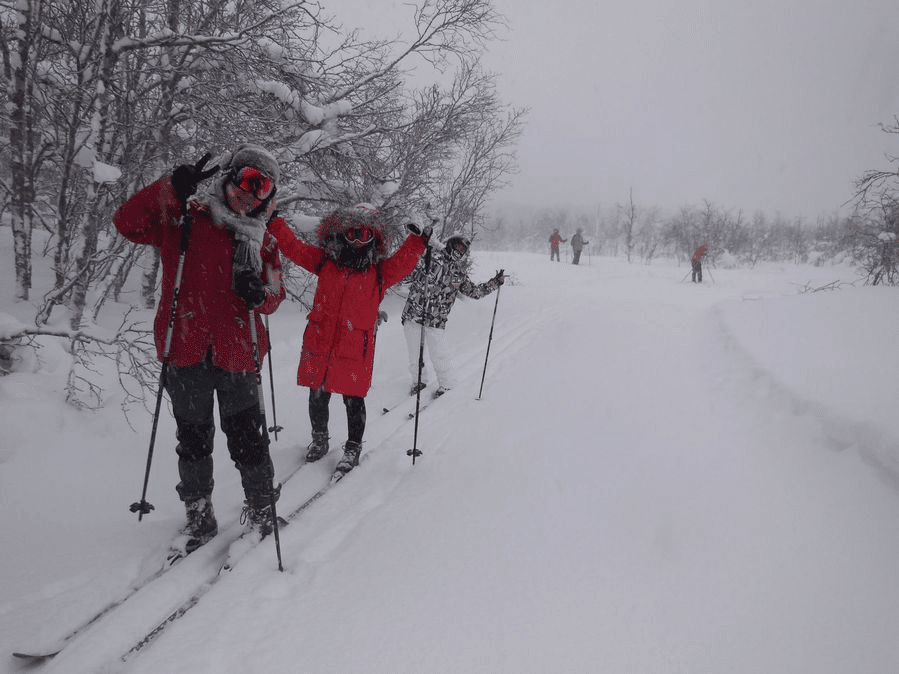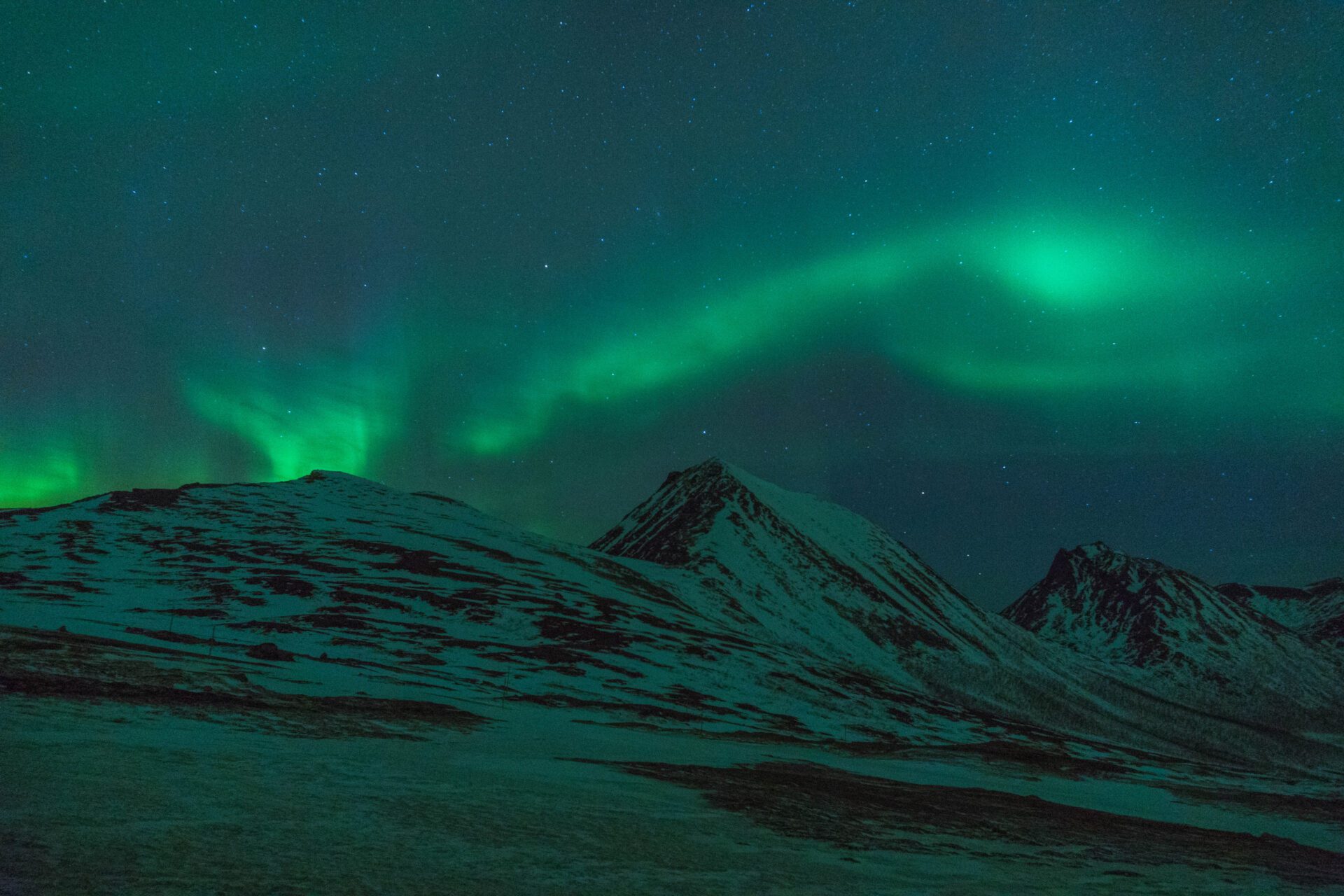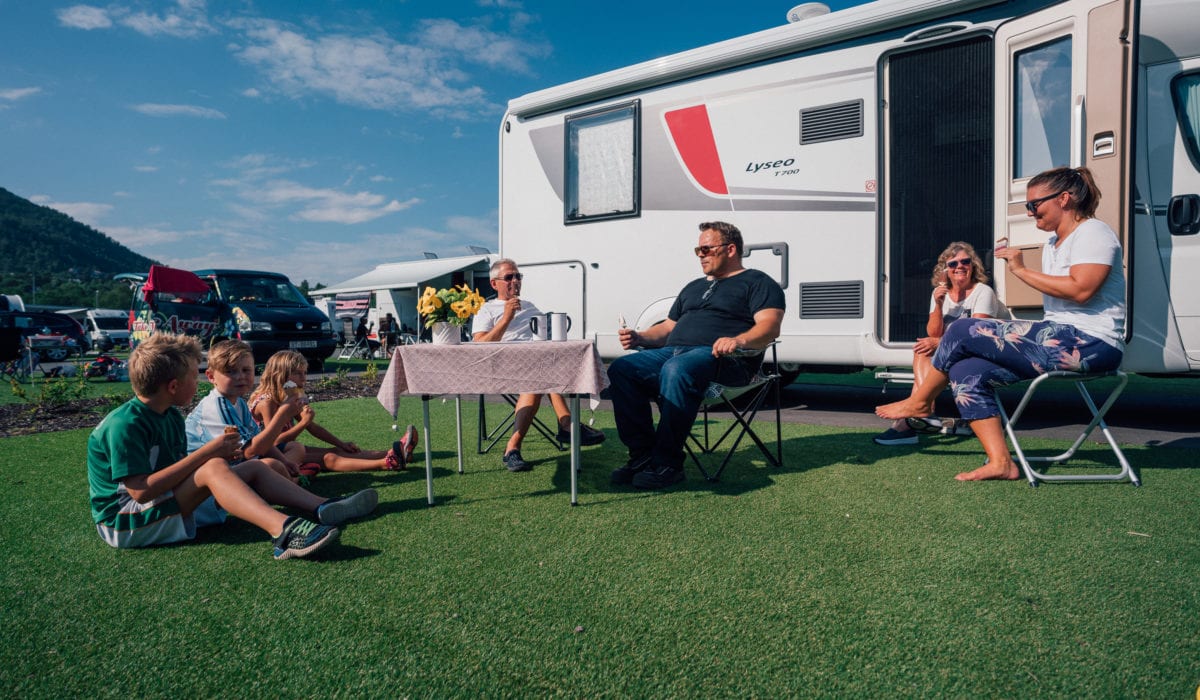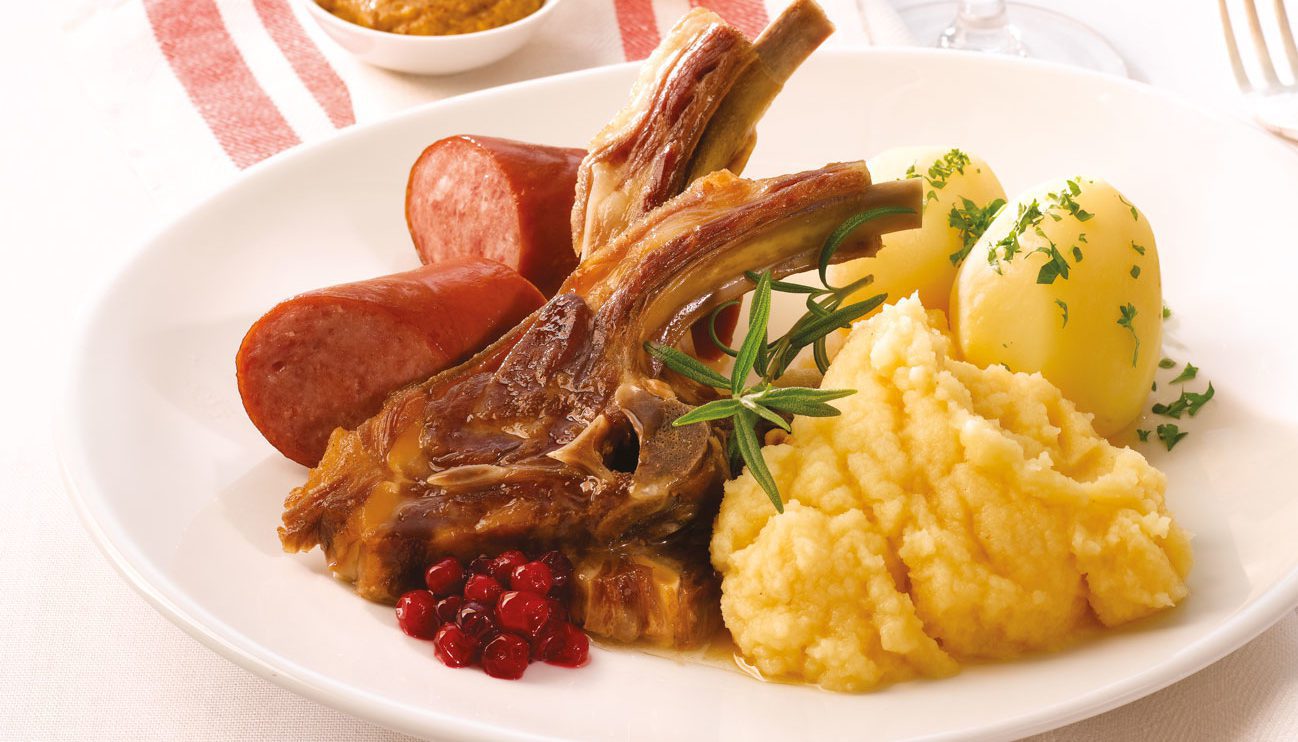Despite the challenges of modern society, the Sami people has managed to maintain their culture and proud traditions. Today they are the only indigenous people in the Nordic region.
The fascination for the Sami people by foreign tourists in the Nordic region is getting stronger every year, and there is a reason for that: Their history is long, emotional, and full of surprises.
This February, we celebrated the 100th annual Sami day, “Tråante 2017”. A big milestone, and a symbol of how the Sami regained their rights after decades of fighting to end their suppression.
This is the story about how the Sami had to fight for their dignity and pride.
“Sapmí”
“Sapmí” is an area extending from the Russian Kola Peninsula in the north east, to Engerdal in the south of Norway. The Sami population is inhabited in Norway, Sweden, Finland and Russia – and is by far the oldest group of habitants in the north.
Archaeologists has dated Sami culture as far back as 2000-2500 years ago, whereas they have been populated in this area for at least 2000 years. Over half of the Sami population are Norwegian residents.
Sami Iron Age
The Sami people has always felt close to nature, which is the foundation of their society. During the Iron Age, from the beginning of the Common Era until the 17th century, the Sami people lived as hunters, fishermen and gatherers. The nature in the areas they lived determined how they adapted to survive. On the coast of Northern Norway, fishing was an obvious choice. Further inland, reindeer and other fur animals was the main food and income source.


The holy Tromsdalstinden
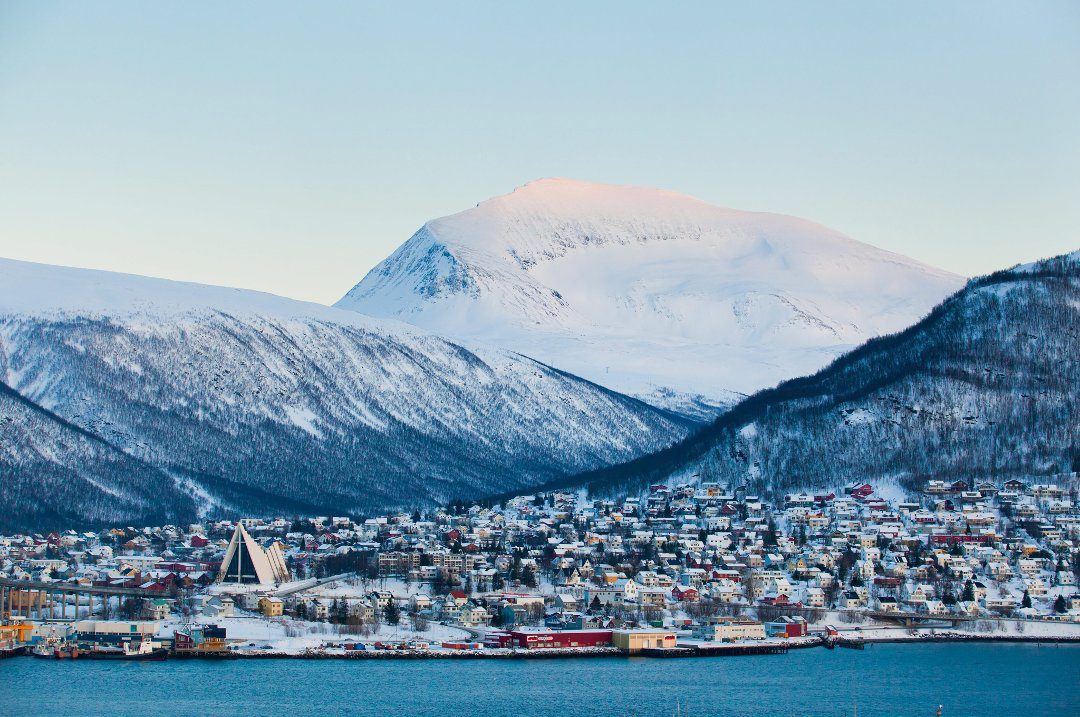
Because of their close relationship with the nature, the Sami people has always given natural phenomenon life and soul – some places being considered holy. Tromsdalstinden, the mighty 1238-meter-tall mountain with its foot right here at Tromsø Camping, being one of them. The holy mountain has inspired countless of artists for their work.
Infringement
What’s not holy about the Sami is the way they’ve been treated.
Sapmí is, and always has been, a strategic centre politically – because of its position with natural resources and ice-free harbours. This caused the Nordic kingdoms to forcefully take over the region in the 18th century. In some areas, they treated the Sami people as royal domain.
This started a long-lasting infringement of Sami culture and language.
Norwegianizing
At the same time as the Christian movement, schools opened across Sapmí. Initially, children were taught in both Norwegian and Sami. This would however change during the 19th century. From 1850, the Sami people were subjected to a fierce Norwegianizing policy – largely originated from ideological ideas such as nationalism.
The Sami were told to learn the language, and “become Norwegian”. From 1888, the Sami language were only used as an auxiliary language in the Christian education. In the land sales act from 1902 it was concluded that only Norwegian residents, who were talking, reading and speaking Norwegian in their daily life, were eligible to buy land. Bought land were only allowed to have Norwegian names.
In Tromsø Museum, you can find a road sign for the municipality of Kåfjord, with its Sami name “Gaivuotna” next to the Norwegian. The Sami name is full of bullet holes, a physical symbol of the infringement that the Sami has suffered in over 150 years.
Even the newspapers have taken part of this, as this headline from 1908 shows:
“They are just like other Lapps, short and bow-legged. It’s sad to say, they’re not exactly beautiful” – Johan Falkeberget, Nordlys newspaper, July 20th 1908
The strong voice
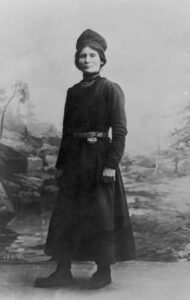
Elsa Laula Renberg (1877-1931) became a woman of big importance for the “people with no borders”. The brave reindeer herder with her strong voice had both Swedish and Norwegian heritage, and devoted her life to the battle for Sami language, culture and rights. In 1917, she led the committee for a meeting in Trondheim, the start of a long battle for redemption.
In both Norwegian and Swedish newspapers, she was harassed and referred to as lunatic. She did not give up, and kept fighting until her death in the early 1930’s. In the then-young state of Norway, conditions were tough, and bad economy and infrastructure meant hard priorities – not in the Sami peoples favour.
Setback
After Elsa Renberg passed away, things got worse. A wave of measures to promote Norwegianizing were initiated. The Sami, being scattered around fjords and wide mountains, had no power. Sami children were sent to boarding schools where all Sami culture were washed away. The church took a large part of this, as the children were forced to learn psalms without understanding what they were singing.
In 1960, a national committee became the Sami voice. The Sami language was threatened, and measures needed to be made to preserve what was left of the language and culture. This caused a fight between groups of the Sami, as some of them had worked hard to “become Norwegian”.
In other words, the Norwegianizing had almost succeeded – and it divided the Sami. The coast and fjord areas were particularly taken over by Norwegian language and culture. It would only take one generation for the majority of Sami to be converted into a majority of Norwegians. Sami youth were bullied, and many were ashamed of their own identity. The fact that their language got wiped out was bad enough, but now they were deprived of the great pride of their unique culture.
– I have no language
Today, about two thirds of the Sami people don’t have Sami as their mother tongue. Parents were threatened and became afraid of teaching their kids the language. This year, the Sami president held the first ever new year’s speech in Norwegian.
“I have no language. The Norwegianization took our language, and I have not managed to take it back. I know this disappoints many of my people. To them, it’s important that the Sami president speaks Sami. And I understand them. My children remind me of the gift that is our language. It gives them access to the wisdom and secrets hidden in the words.” – Sami president, Vibeke Larsen (Labour Party)
Her own children speak Sami.
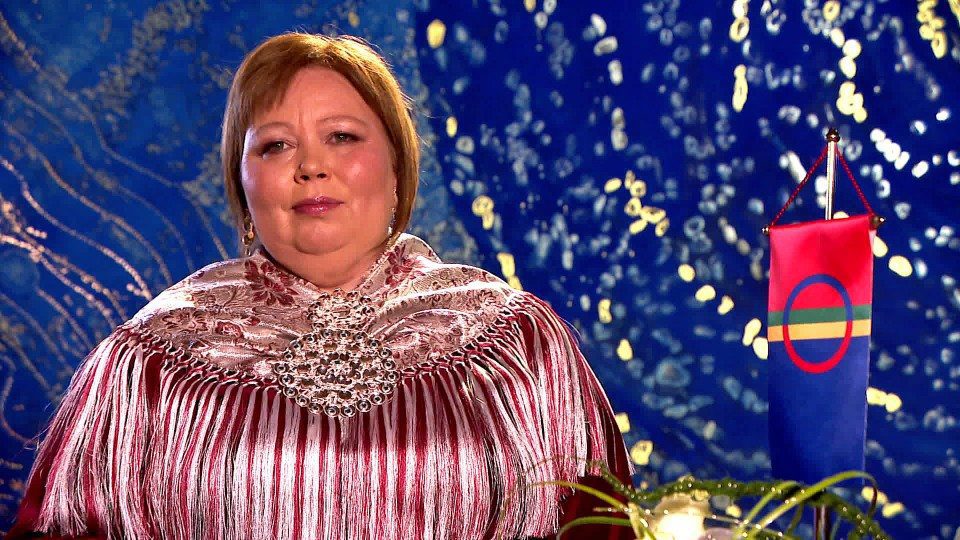
Still fighting
The Norwegian speech created noise. Some Sami felt offended, and turned off their televisions when they heard their own president speak to them in Norwegian. Larsen answered by explaining how the Sami must stop shaming each other. It’s obvious that even if the language is a precious bank of culture, it’s also a source of division and controversy – caused by the Norwegianizing policies.
20 years ago, the Norwegian state issued a public apology, during the opening of the first Sami Parliament.
“The Norwegian state is founded on the land of two groups of people – Norwegians and the Sami. Today we must apologize for the injustice that the Norwegian state has previously inflicted on the Sami through a rough Norwegianizing policy” – King Harald V
Strengthen the Sami language
Today the Norwegian Sami policies is based on a wish to strengthen the language, and the injustice that lasted for over 100 years will be examined. The Socialist Left Party in Norway, represented by Kirsti Bergstø and Torgeir Knag Fylkesnes, suggested that the Storting, the supreme legislature of Norway, should establish a “commission on Norwegianizing policies and injustice against the Kven and Sami people of Norway”.
This summer, a large majority of the legislature agreed on this suggestion.
“This will make the consequences of the Norwegianizing policy more visible. At the same time, a thorough analysis would be able to show if the assimilation policy still affects the government’s treatment of Sami today” – UN Special Rapporteur on the Rights of Indigenous Peoples, Victoria Tauli-Corpuz
The question is whether the investigation can heal the wounds that put deep scars in the Sami population.
Tromsø Camping collaborates with several actors where you can get to know the Sami people, with their culture, history and reindeer herding. Read more about the activities here.
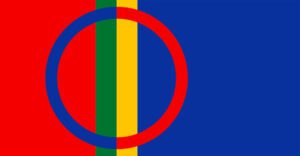
Kilder: Store Norske Leksikon, Norges Samemisjon, Aftenposten Innsikt (2. utgave 2017), NRK.no og Wikipedia.
